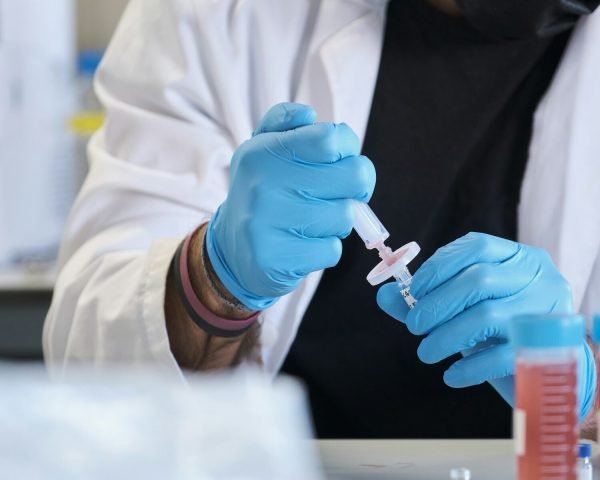What Makes HPLC Water Special?
Ever wondered why HPLC water is such a hot topic in the lab world? If you’re diving into chromatography or high-performance liquid chromatography (HPLC), you’ll know that water isn’t just water. It’s the unsung hero of precise analysis. Let’s chat about why this is and why it matters to you.
Answer Section: What Is HPLC Water?
HPLC water is highly purified water designed to meet the stringent needs of HPLC systems. Its ultra-low impurities prevent interference with analysis, ensuring accurate and reproducible results. Without it, you risk contamination, inaccurate readings, and poor performance in your experiments.
Why You Should Care About HPLC Water
If you’ve ever been frustrated by inconsistent results, you’ll know the devil is in the details. Even trace contaminants in water can wreak havoc on your HPLC analysis. Let’s dig into how HPLC-grade water can elevate your work.
The Science Behind HPLC Water Purity
Purity is the foundation of great HPLC water, but what does that mean in practice? Here’s a closer look.
What Is Purity in HPLC Water?
Purity in this context means water free from organic, inorganic, and microbial contaminants. These impurities can interfere with both the chromatography column and the detector, causing unreliable results.
How Is HPLC Water Purified?
Methods like reverse osmosis, distillation, and deionization ensure HPLC water meets stringent purity standards. Specialized filtration removes particulates, ensuring it’s suitable for high-sensitivity equipment.
Why Resistivity Matters
Have you ever checked the resistivity of your water? High resistivity, often >18 MΩ·cm, is a hallmark of high-purity HPLC water. This value ensures minimal ion content, critical for avoiding unwanted interactions in your system.
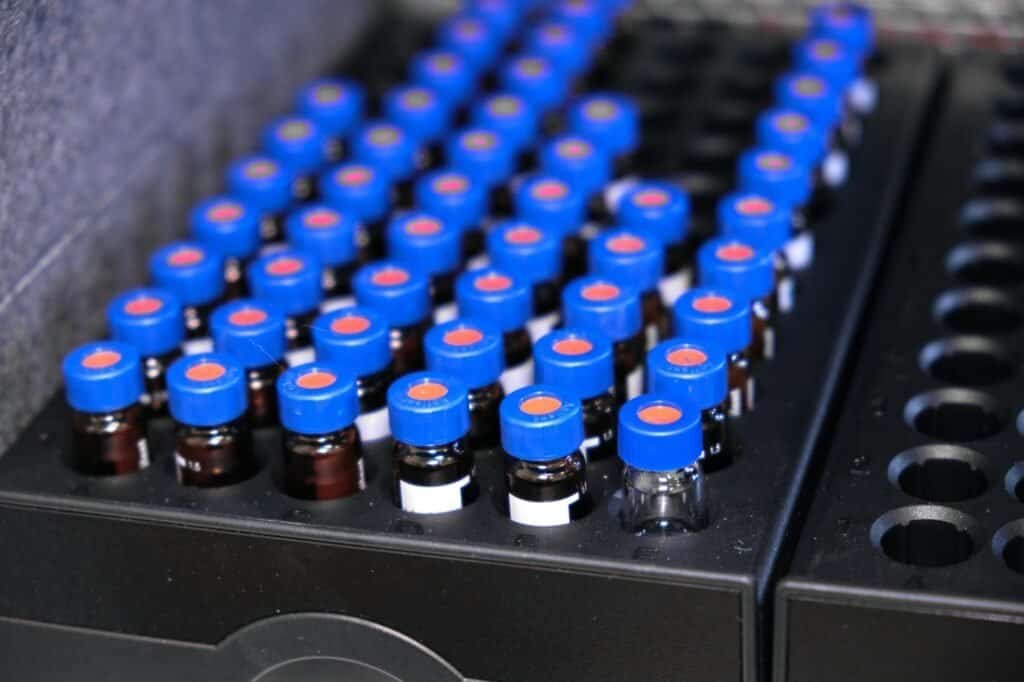
The Role of HPLC Water in Chromatography
The type of water you use directly impacts your experiment’s outcome. Let’s explore how.
Solvent Compatibility
HPLC water often acts as a solvent or diluent. It must mix seamlessly with other solvents like methanol or acetonitrile without introducing impurities.
Column Longevity
Poor-quality water can deposit impurities on your column, leading to clogs or degraded performance. Do you want to replace your expensive column sooner than necessary? Probably not.
Signal-to-Noise Ratio
Using HPLC water reduces noise in your detector signal. A clean baseline means your peaks stand out more clearly. Isn’t that what every chromatographer wants?
Choosing the Right HPLC Water for Your Needs
Not all HPLC water is created equal. Selecting the right type is key.
Bottled vs. On-Demand Purified Water
Pre-bottled HPLC water offers convenience, but purifying water on-site with advanced systems gives you control over freshness and quality.
Certified Quality Standards
Always check for certificates like ISO or USP grades. These guarantee the water meets stringent quality requirements for HPLC applications.
Batch Testing and Monitoring
Regularly test your water for contaminants to ensure ongoing quality. A sudden dip in water quality could lead to wasted experiments. Have you ever lost days of work due to such a preventable issue? It’s heartbreaking.
Mastelf, with over 13 years of experience in chromatography vials, we can help you find the exact vials you need for your applications.
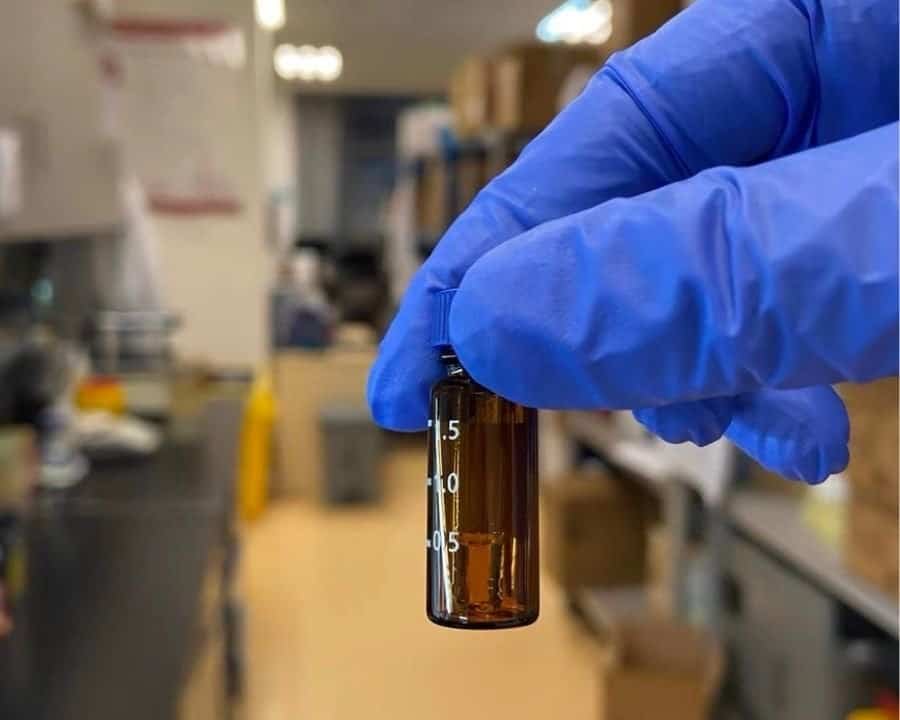
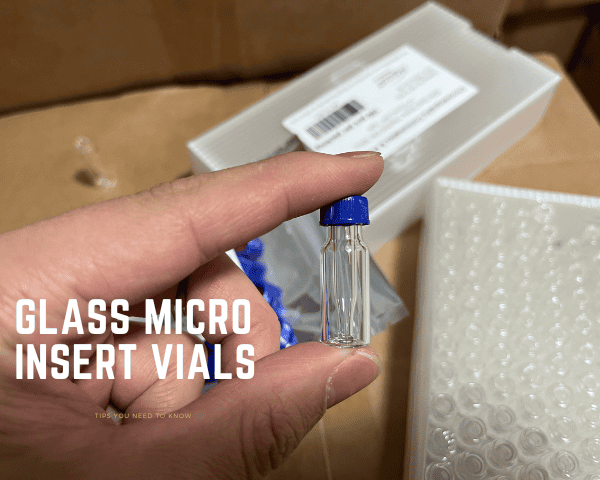
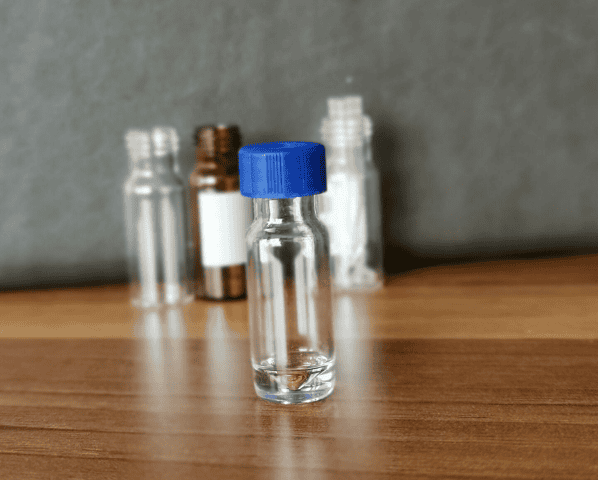
Our expertise ensures that you get reliable and precise products tailored to your specific requirements. Whether you’re in pharmaceuticals, research, or any other industry relying on HPLC, we understand your needs and are here to support you in making the right purchase.
Reach out to Mastelf, and let us assist you in procuring the perfect vials for your work.
Practical Tips for Using HPLC Water
Using HPLC water effectively is all about good habits.
Storage Matters
Store HPLC water in clean, sealed containers to prevent contamination. Exposure to air or light can degrade purity.
Preventing Cross-Contamination
Use dedicated containers and dispensing tools. Cross-contamination can undo all your efforts toward purity.
Daily Maintenance
Flush your system with HPLC water before and after use. It’s like brushing your teeth—routine care prevents bigger problems.
Common Myths About HPLC Water
Have you heard that “water is water”? It’s time to debunk some myths.
“Tap Water Works Fine for HPLC”
Using tap water is a recipe for disaster. Its minerals and impurities interfere with both analysis and equipment.
“All Purified Water Is the Same”
Deionized or distilled water may lack certain impurities but often falls short of the rigorous standards required for HPLC.
“It’s Too Expensive”
Yes, high-quality HPLC water costs more upfront, but it saves money in the long run by preventing costly errors and equipment damage.
H2: Where to Find Reliable HPLC Water
Looking for a trustworthy source? Here are a few options:
- Sigma-Aldrich’s High-Purity HPLC Water
Trusted by scientists worldwide, Sigma-Aldrich offers water rigorously tested for HPLC. - Thermo Fisher Scientific
Their bottled HPLC water meets the highest standards, ensuring reliable results. - Millipore Systems for On-Site Water Purification
Millipore lets you control your water purification, offering flexibility and cost savings. - VWR International
VWR provides a range of certified HPLC water products tailored to diverse lab needs. - Mastelf’s HPLC Water
With competitive pricing and strict quality control, Mastelf combines value with performance.

Conclusion: Is HPLC Water Worth the Investment?
Absolutely. When precision and reproducibility are non-negotiable, HPLC water is your best friend. What do you think—would you risk a multi-day experiment with anything less? My advice? Start small, test its impact, and see the difference it makes in your lab.
Remember, good science starts with great water. So, are you ready to give your experiments the quality they deserve?
Let me know if you’d like to dive deeper into a specific section or need references for sourcing HPLC water. 😊
References:
- ASTM and ISO Water Quality Standards for Laboratory-Grade Water
This article discusses the standards set by ASTM International and ISO for defining and categorizing water purity in laboratory settings. - High Purity Water: A Technical Guide to Types I, II & III
This guide provides an overview of different types of high-purity water, their specifications, and applications in laboratories. - Type I Ultrapure Water Crucial for HPLC and UHPLC
This publication emphasizes the importance of using Type I ultrapure water in HPLC and UHPLC to ensure good chromatographic performance. - Water Used for HPLC
This article discusses the necessary purity levels of water for HPLC analysis and the impact of impurities on data reliability. - Ultrapure Water for HPLC Analysis
This document describes the quality requirements for water used as an eluent in HPLC and methods to produce such water on-site.

